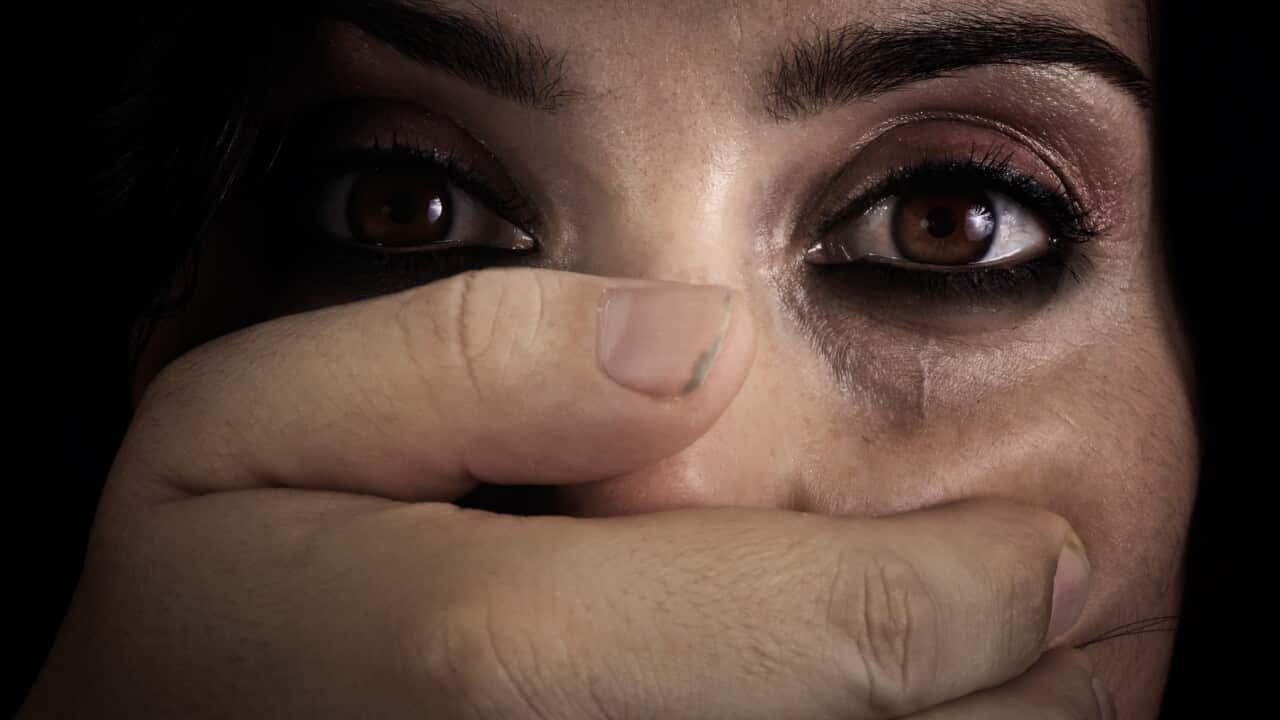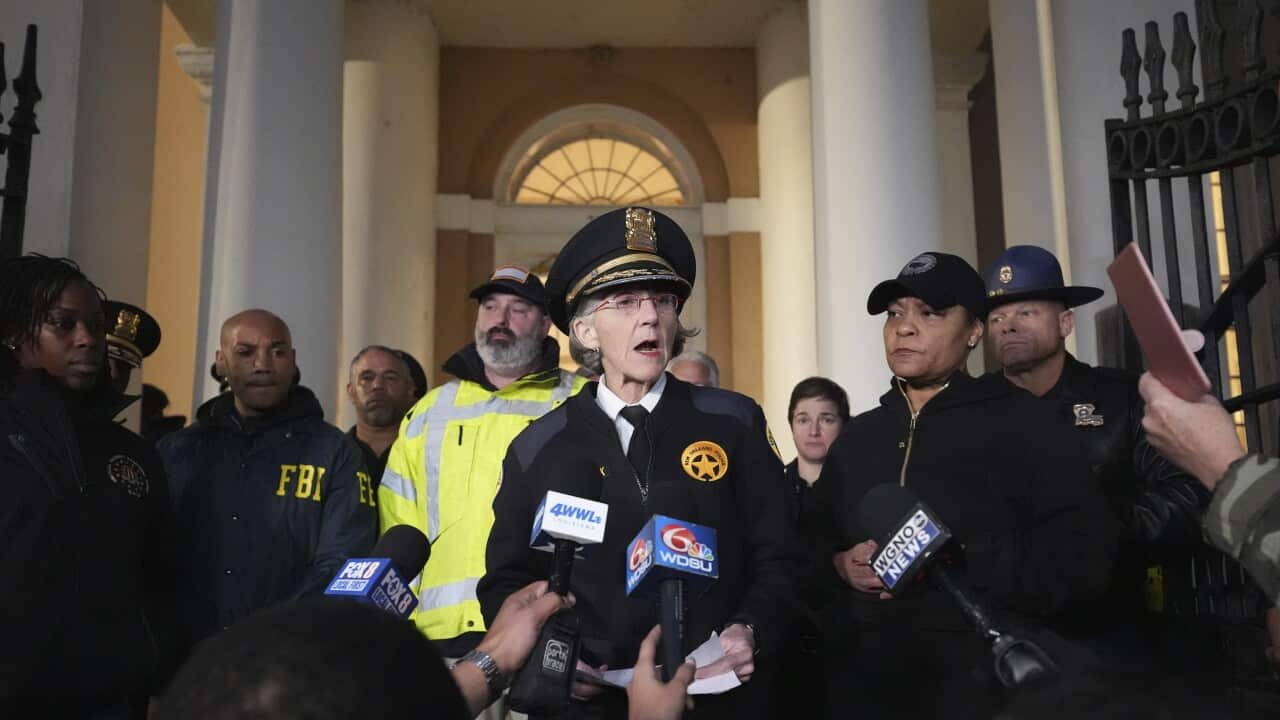English
Dr Andre Zerger is the Director of the Atlas of Living Australia.
"It's a national biodiversity database, that brings together Australia's biodiversity data. So, basically, a one-stop-shop for biodiversity data."
The A-L-A is a collaborative, digital and open resource which draws its data from multiple sources.
One major contribution comes from citizen scientists - members of the public who volunteer to collect or analyse data.
Out of 125 million species records in the A-L-A, more than 62 million came from members of the public.
"So basically you take a photo. If you're on a bushwalk, on a weekend, on your holiday, and you observe something really really interesting, you take a photo of it and the app can help you I-D it. But what's really cool is the photo is also IDed by others, by other folks, so it's basically a social network."
For citizen scientist Jono Dashper, getting involved has turned his love for nature into a community service.
"I've always had just such a passion for nature and the environment and biodiversity in general, and I've basically had a camera since I was a kid so I've always gone around photographing plants, animals, insects, birds and anything that moves - and doesn't move. And I've kind of got this back catalogue of nearly twenty years' worth of photos. And after kind of learning more about citizen science, I've actually been able to have an outlet to post all that information and data somewhere and actually have a contribution to science."
Dr Zerger says contributions like Mr Dashper's are vital to maintaining a picture of our vast and "mega-diverse" continent.
"If you can't measure it, you can't manage it. And knowing where our species are moving nationally, where they're declining due to impacts of land clearing, climate change, is really fundamental. But also, invasives. So you know, for example, red fire ants - knowing where they're moving, how fast, is really critical to managing them."
Paul Flemons is manager of Citizen Science and Expeditions at The Australian Museum.
The museum runs a number of citizen science projects, including FrogID Frog I-D, the Australasian Fishes Project, and DigiVol Did-ji-vol which relies on volunteers to digitise museum collections.
Mr Flemons says citizen science is not new.
"Citizen science has been around for a long time. I mean, Charles Darwin, if you want to go back that far, he was really a citizen scientist, because he wasn't paid to be doing science, but he was carrying out science in his own time, as a volunteer, if you like. But even back in the sixties we had projects at The Australian Museum, where we had volunteers monitoring and watching for butterflies, as part of a butterfly project back then."
Now, though, Mr Flemons says everyday people can contribute from the couch - and in their pajamas if they wish.
There's no doubt smart phones - with cameras and apps connected to the internet - have revolutionised the reach and scope of citizen science.
Jessie Oliver is Executive Officer at the Australian Citizen Science Association.
She says smartphones can be an educational tool, as well as used for data collection.
"What's really amazing about technology today is that it can be designed with lots of innovations that allows for training of people in different and diverse and fun ways that allows them to gain the experience they need, to actually be able to identify things in a way they may not have been able to before."
A range of smartphone apps help record frog calls or bird song or identify plants.
One of the most commonly used is called iNaturalist.
"It helps to identify and filter what it is you're looking at, right as you take a picture of something. And then the community validates that what the AI says is accurate, as whole. And then as it gets a certain number of validations - a certain number of people in the community say yep, they agree, that's what it is - then it goes into what is considered 'research grade', as a dataset."
Jono Dashper says apps like iNaturalist make citizen science an accessible hobby for any would-be citizen scientists.
"I think nearly everyone really could get involved, as long as you've got a phone with a camera and you're happy to go outdoors and have a look for things, you just have to snap away. And it's just such a great learning process, as well, because you might photograph 5, 10, 20 different plans on a little walk and then you get to actually learn what those plants actually were, and then the next time you go on that walk you go, 'that's right, that's this grevillea or banksia or something'. So I think it's very easy and accessible for people to get into."
Italian
Il dottor Andre Zerger è il direttore di Atlas of Living Australia.
"It's a national biodiversity database, that brings together Australia's biodiversity data. So, basically, a one-stop-shop for biodiversity data."
L’ALA è una risorsa aperta, cooperativa e digitale che raccoglie i suoi dati da diverse fonti.
Uno dei maggiori contributi arriva dai cittadini scienziati – membri della comunità che si offrono volontariamente di raccogliere o analizzare dati.
Sui 125 milioni di campioni di specie nell’ALA, più di 62 milioni vengono da membri della comunità.
"So basically you take a photo if you're on a bushwalk, on a weekend, on your holiday, and you observe something really really interesting, you take a photo of it and the app can help you I-D it. But what's really cool is the photo is also IDed by others, by other folks, so it's basically a social network."
Per il cittadino scienziato Jono Dashper, la partecipazione ha trasformato il suo amore per la natura in un servizio per la comunità.
"I've always had just such a passion for nature and the environment and biodiversity in general, and I've basically had a camera since I was a kid so I've always gone around photographing plants, animals, insects, birds and anything that moves - and doesn't move. And I've kind of got this back catalogue of nearly twenty years' worth of photos. And after kind of learning more about citizen science, I've actually been able to have an outlet to post all that information and data somewhere and actually have a contribution to science."
Secondo il dottor Zerger, contributi come quello di Dashper sono fondamentali per mantenere un quadro del nostro vasto e “megadiverso” continente.
"If you can't measure it, you can't manage it. And knowing where our species are moving nationally, where they're declining due to impacts of land clearing, climate change, is really fundamental. But also, invasives. So you know, for example, red fire ants - knowing where they're moving, how fast, is really critical to managing them."
Paul Flemons è il manager del Citizen Science and Expeditions presso l’Australian Museum.
Il museo gestisce una serie di progetti di “scienza dei cittadini”, incluso FrogID, l’Australasian Fishes Project e DigiVol che conta sui volontari per digitalizzare la collezione del museo.
Secondo Flemons la scienza dei cittadini non è una novità.
“Citizen science has been around for a long time. I mean, Charles Darwin, if you want to go back that far, he was really a citizen scientist, because he wasn't paid to be doing science, but he was carrying out science in his own time, as a volunteer, if you like. But even back in the sixties we had projects at The Australian Museum, where we had volunteers monitoring and watching for butterflies, as part of a butterfly project back then."
Flemons però dichiara che oggi le persone comuni possono contribuire dal divano di casa – e anche in pigiama se vogliono.
Non c’è dubbio che gli smart phones – con videocamere e applicazioni connesse a internet – abbiano rivoluzionato le possibilità e la portata della scienza dei cittadini.
Jessie Oliver è Executive Officer presso l’Australian Citizen Science Association.
Sostiene che i telefonini possono essere strumenti formativi, e allo stesso tempo venire usati per la raccolta di dati.
"What's really amazing about technology today is that it can be designed with lots of innovations that allows for training of people in different and diverse and fun ways that allows them to gain the experience they need, to actually be able to identify things in a way they may not have been able to before."
Una varietà di applicazioni per gli smartphone permette di registrare i richiami delle rane o i canti degli uccelli, o anche a identificare piante.
Una delle app più usate si chiama iNaturalist.
"It helps to identify and filter what it is you're looking at, right as you take a picture of something. And then the community validates that what the AI says is accurate, as whole. And then as it gets a certain number of validations - a certain number of people in the community say yep, they agree, that's what it is - then it goes into what is considered 'research grade', as a dataset."
Jono Dashper ha detto che app come iNaturalist rendono accessibile la scienza dei cittadini a coloro che vogliono diventare cittadini scienziati.
"I think nearly everyone really could get involved, as long as you've got a phone with a camera and you're happy to go outdoors and have a look for things, you just have to snap away. And it's just such a great learning process, as well, because you might photograph 5, 10, 20 different plans on a little walk and then you get to actually learn what those plants actually were, and then the next time you go on that walk you go, 'that's right, that's this grevillea or banksia or something'. So I think it's very easy and accessible for people to get into."




